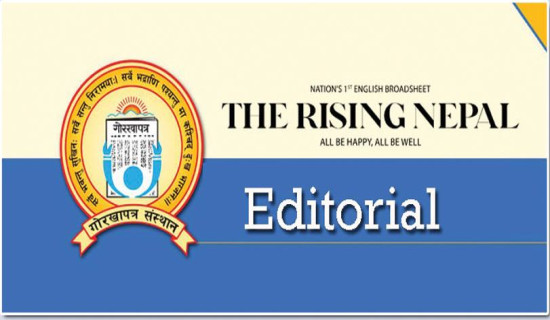- Wednesday, 29 October 2025
Songs bolster village tourism
By Santosh Subedi,Kaski, July 9: About a decade and a half ago, a Nepali song called ‘Kya Ramro Syau Bari Marpha Gauma’ became very popular in the Nepali music scene.
A music video was also produced, and the song’s upbeat rhythm made it ideal for dancing.
It was widely played during festivals and in school dance competitions. The song, based on the beauty of Marpha village in Mustang, was written by Basanti Lalchan. Her melodious song depicting village life continues to remain popular even today.
Marpha, a Thakali village in Mustang, is famously known for its apples. Through this song, the Thakali community and their village gained recognition not just in Nepal but around the world.
At that time, Lalchan reportedly earned around Rs. 1.1 million from cassette sales of the song.
Another of his well-known songs, ‘Ghandrukaki Thiti Ma Ta’, also highlights the cultural setting of Ghandruk.
Director Gore Gurung later began producing songs from various villages, such as Dilung in Lamjung and Yangjakot in Kaski.
He said that village songs initially started being produced for local promotion.
“Songs describe the village and help in promoting tourism. They play an effective role in publicising villages,” he said.
Jasu Gurung, who has directed many such songs, also noted that village-based songs are created to promote tourism.
“Songs have become an easy and entertaining way to introduce villages. Nowadays, this practice is increasing,” she said. According to her, about a dozen village-themed songs are produced annually in Pokhara.
These music videos tend to be more expensive than the regular ones.
“Shooting village songs requires travelling to many locations. Due to the varied locations, the cost increases. Also, trying to visually match the lyrics adds to the expenses,” she added.
Gurung directed her first village song in 2008, titled ‘Rupai Ramro Rupa Tal Ko’, sung by Rajani Rai, which remains popular to this day.
Village-themed songs are regularly played on the radios and televisions.
Songs like ‘Siklesai Ko Melai Ma,’ ‘Durlung Gaun,’ ‘Sunakhari Sungabha Guras Jasto Joban,’ and ‘Mero Pyaro Rapakot’ are among the most frequently broadcast.
Villages such as Dhampus, Ghandruk, Rupa Lake, Taprang, Arthar, Bhadure, Bhachok, Landruk, Tangting, Sikles, Khudi, Galyam, Lwang, Yangjakot, and Syaklungkot have all been featured in such songs.
Lyricist Tek Narayan Chapagain emphasised the importance of creating songs about villages.
“To promote local art and culture in the digital market, village songs have begun to emerge. These songs have added a new dimension to Nepali music. Their creation is a positive development,” he said.
He has written more than a dozen village songs so far. When writing, he tries to reflect the local culture, natural beauty, human emotions, and way of life.
He believes such songs are effective tools for promoting tourism. As village songs increasingly contribute to local publicity, a trend of producing them has taken off across the country.



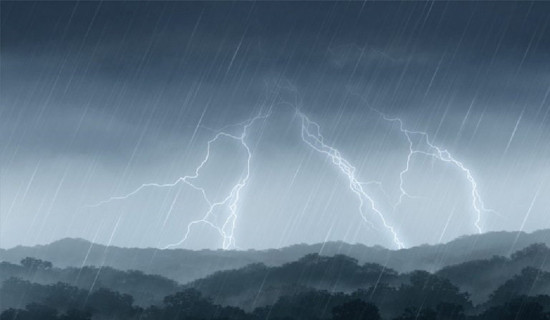
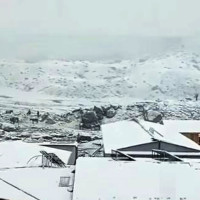

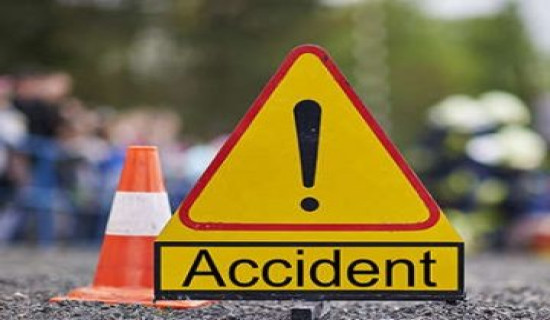
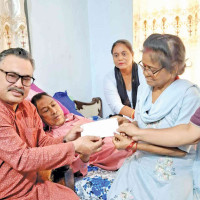
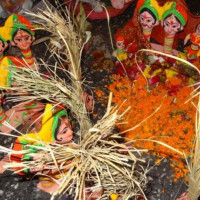
-original-thumb.jpg)



